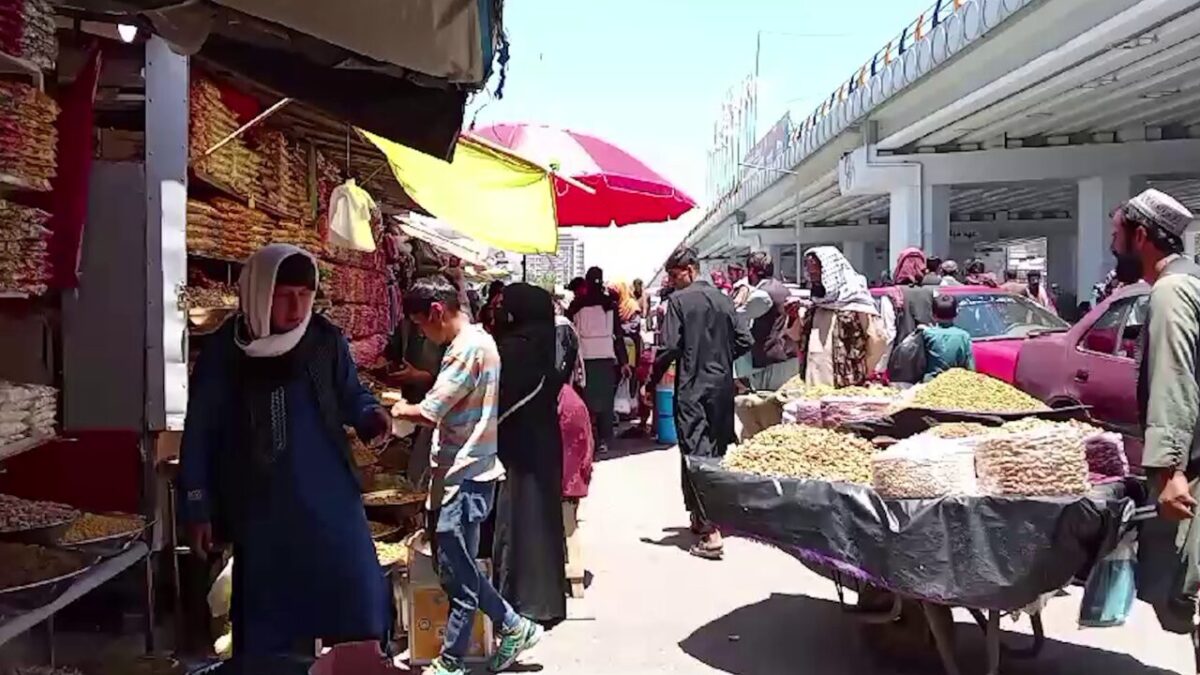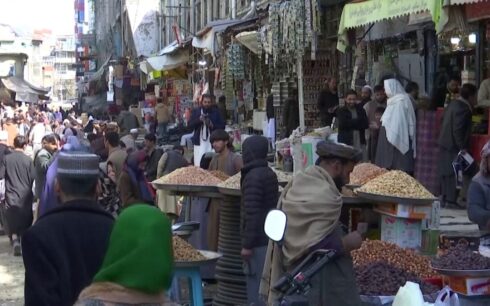The World Food Program (WFP) said in a report on Tuesday that since April 2023, inflation in Afghanistan has remained negative, reflecting “sustained economic weakness and depressed demand.” However, the organization noted that “the pace of deflation has slowed over the second quarter of 2024.”
In July 2024, WFP reported that the deflation rate in headline inflation, encompassing food and essential goods, “improved to -6.6 percent,” compared to a low of -10.2 percent in January 2024. This trend, the WFP suggested, “might potentially be attributed to a recovery in demand and the stabilization of the Afghani.”
The WFP observed a “steady decrease in the national average prices of key staples over the past year.” Prices for the WFP food basket also showed “a 17 percentage point reduction compared to the same period last year.”
However, the organization cautioned that “the downward trend slowed during the second quarter of 2024,” driven by “an increasing trend in global cereal prices and rising tensions in the Black Sea region.”
Fertilizer costs remain high
While domestic fertilizer prices have eased from their 2022 peaks, WFP highlighted that they “remain significantly elevated.” As of July 2024, the WFP reported, “the domestic prices of DAP and UREA fertilizers were 46 percent and 42 percent higher, respectively, compared to June 2021.”
The organization noted that such high costs “place a significant burden on smallholders in Afghanistan.”
On a positive note, the WFP remarked that “the prices of improved seeds have significantly decreased,” with costs returning to “levels similar to those before the collapse of the previous government.”
While acknowledging the easing of deflation and the stabilization of staple prices, the WFP emphasized that “high input costs, geopolitical uncertainties, and limited demand continue to strain households and smallholders.”
The organization urged international stakeholders to “support measures that alleviate economic pressures” and ensure “sustainable solutions for Afghanistan’s fragile economic environment.”





